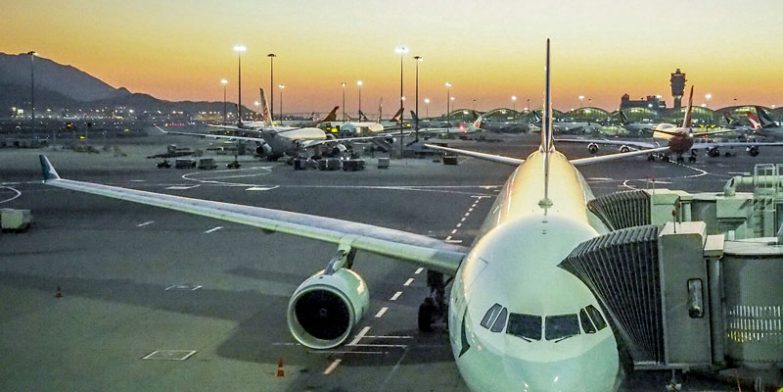
The early Chinese New Year and shipper concerns about Red Sea supply chain delays contributed to a 10% increase in air cargo volumes last month, putting pressure on rates on many routes, including from the Indian Subcontinent and South East Asia into Europe and the US.
February began with a spike in air cargo demand, due to the Red Sea crisis creating lower than expected inventory levels. Products that should have arrived by ocean freight against original forecasts from last year have been delayed in transit as vessels re-routed around the Cape of Good Hope.
Retailers and fashion brands are already shipping more goods by air freight, with air cargo volumes from Vietnam spiking 62% in one week in January, up 16% on the same week in 2023.
There has been a three-week consecutive increase in air cargo volumes from China and Vietnam to Europe in January, surpassing peak season highs, with spot rates from Northeast Asia to Europe climbing 11% in the week ending 28th January.
Lunar New Year related spikes in demand for air freight will also be a contributing factor to increasing volumes, putting pressure on capacity and costs, which could be set to rise further.
To illustrate this point, air cargo spot rates from China to the US rose 14% in the first week of February, ahead of China-Europe rates which saw an 8% increase, with prices still 20% higher than mid-January.
Data also suggests that there may be a shift to air and sea/air solutions, with global air cargo tonnages rising 24% in one week in January and while there is usually a strong bounce back after the Christmas break, this year’s increase is 5% above 2023’s.
Elevated tonnage figures to Europe from Asia Pacific and from Middle East & South Asia do reflect some contribution from modal shift on these lanes from sea to air and to sea/air, though spot rates are not rising as rapidly as feared, given the disruption to ocean shipping in the Red Sea.
The situation in the Red Sea is unsettling for many supply chains and it is inevitable that some shippers will need to shift some urgent orders to airfreight, while bringing others forward to secure capacity.
However, we expect that this will not have a long-term impact on airfreight and the initial nerves and uncertainty will subside as shippers accept that ocean freight will just take two weeks longer.
While an increase in airfreight and sea/air volumes is apparent, it is not at a magnitude likely to cause disruption and it remains to be seen if it will be sustained past the Lunar New Year.
For valuable, special and time-sensitive shipments we have a range of air freight and sea/air solutions, with extremely competitive rates and service combinations, to meet every deadline and budget requirement.
EMAIL Andy Costara, for insights, prices and guidance.





